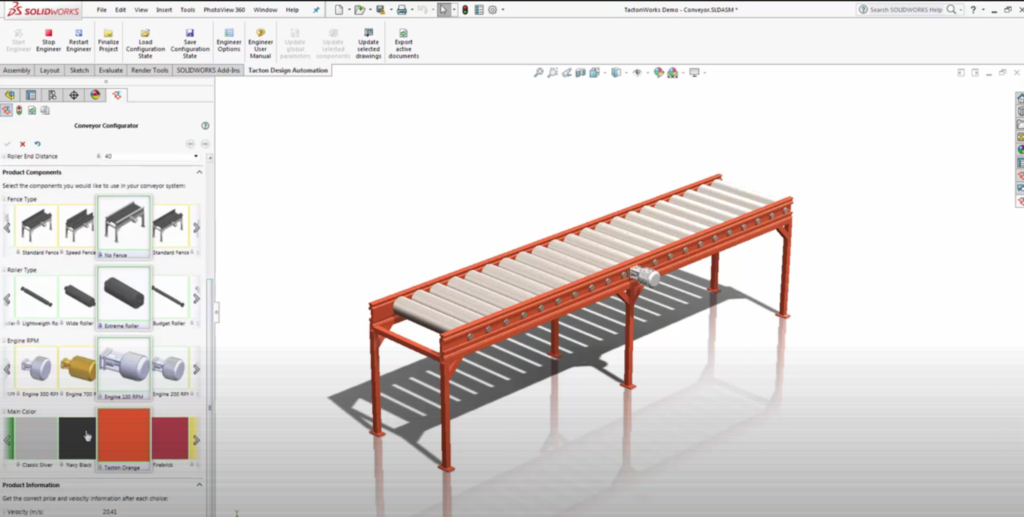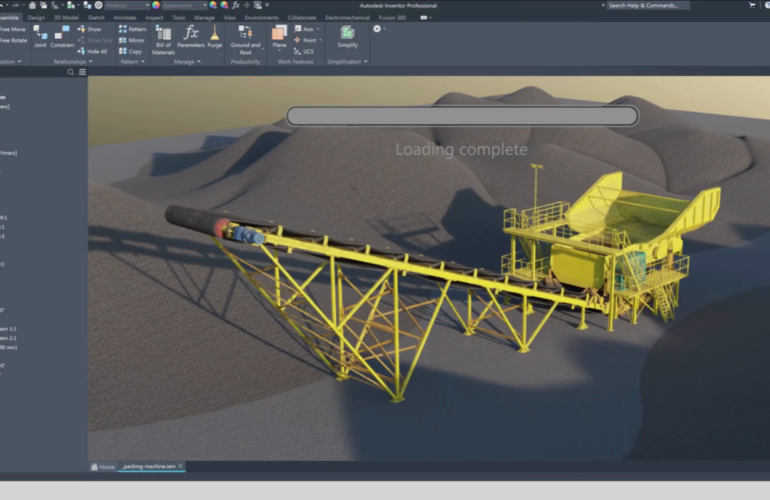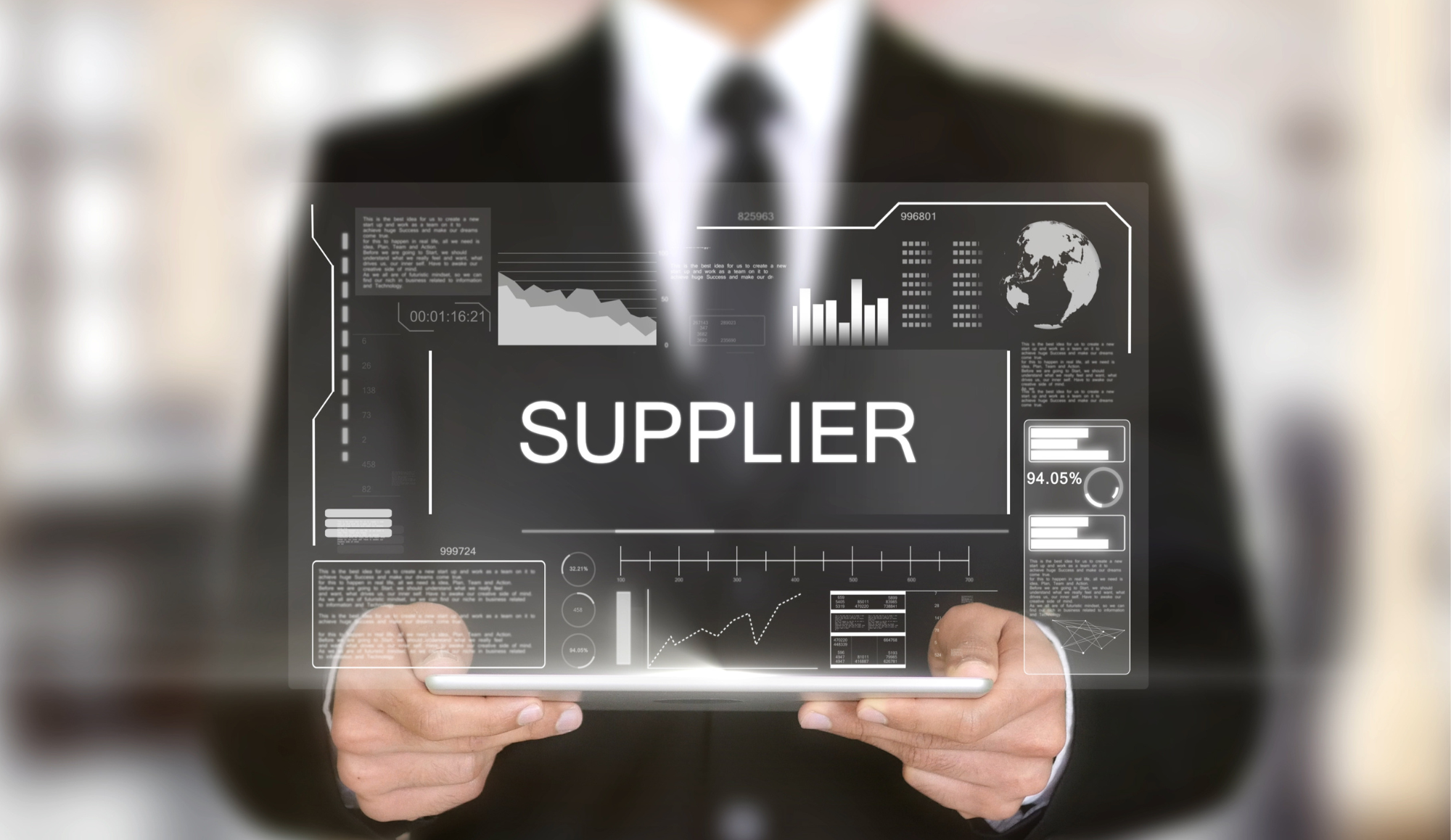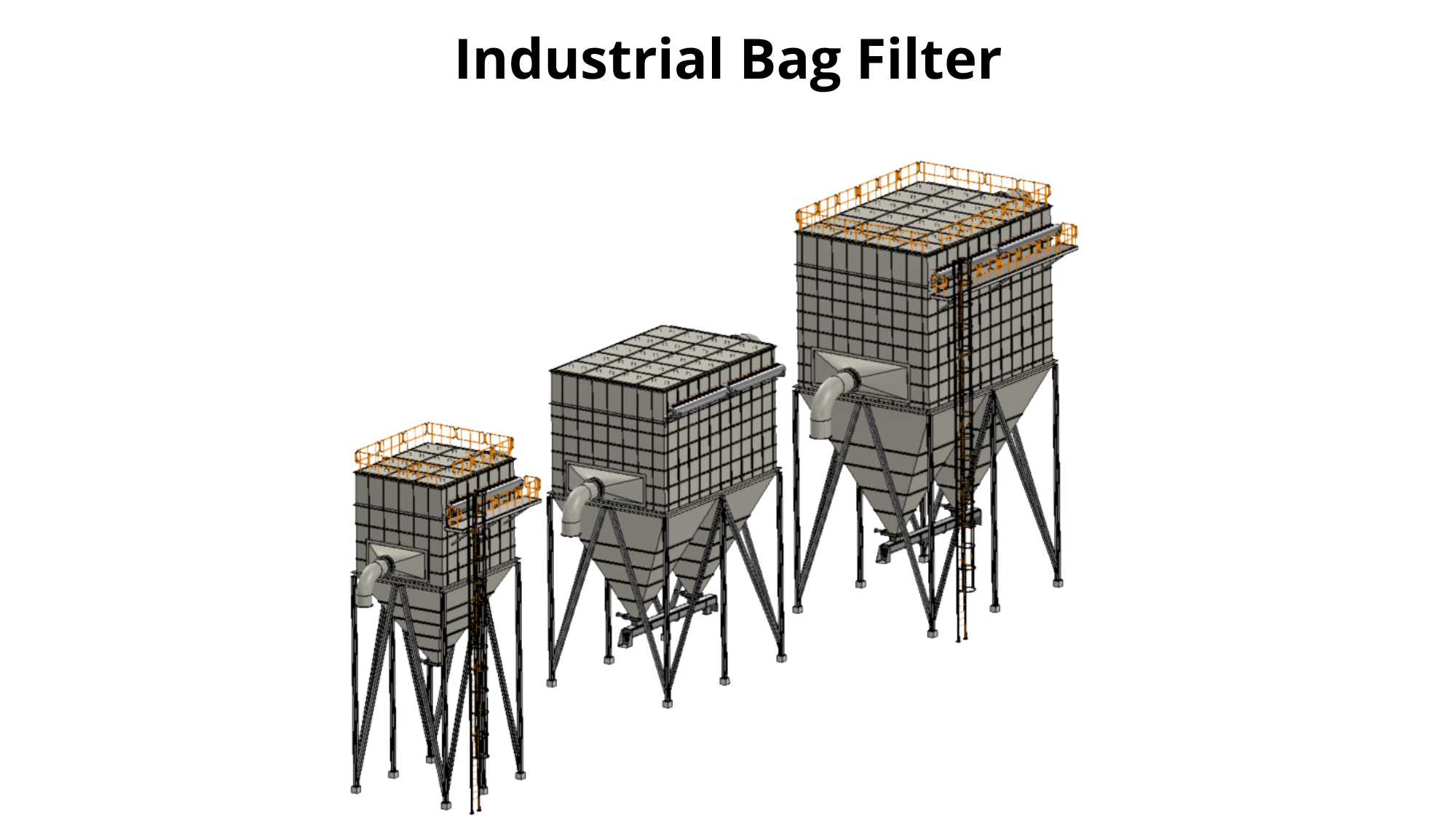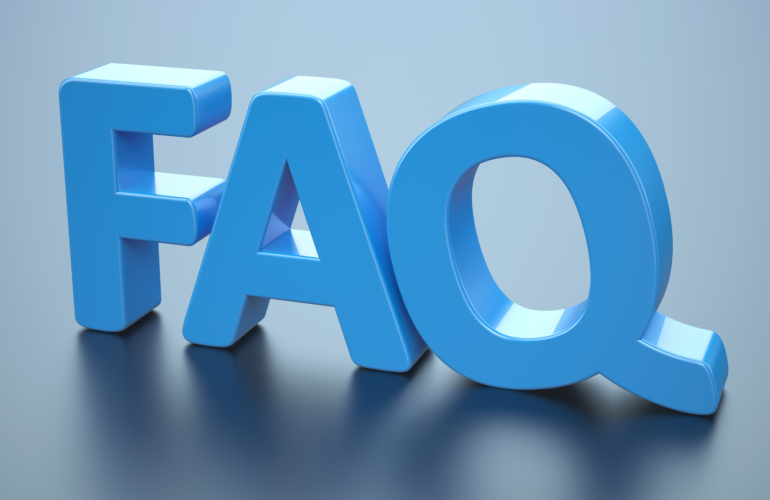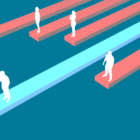Guided configuration, a clear and user-friendly process
Guided configuration transforms complex product selection into a clear and user-friendly process. In Config2, Scandinavian Digital’s cloud service, users are guided visually through each decision, from selecting materials and shapes to adjusting sizes and connection types. Every option can be supported by visuals and captions, depending on the company’s needs. This approach is especially valuable for highly customizable products or those with many variants, where traditional configuration methods often lead to errors, delays, and costly engineering revisions. The configurator can be tailored to match specific business logic, ensuring that users are always choosing from valid, manufacturable combinations.
At the end of the guided flow, users review all their selections before Config2 automatically generates the necessary outputs: 3D models, 2D drawings, detailed BOMs, and export files like STP and GLB. Because Config2 is powered by Tacton Symbolic AI software, these outputs are not only fast, they’re also highly precise, following strict rules embedded into the configuration logic. The result is a fully integrated process that supports sales, engineering, and manufacturing in perfect sync. Config2 bridges the gap between customer needs and technical delivery, making complex product configuration simple, visual, and accurate.
Here are some key benefits for machinery manufacturers adopting this kind of guided configuration and Symbolic AI-based automation:
- Drastically Reduced Lead Times
Automating the configuration-to-delivery process allows manufacturers to move from inquiry to validated technical documentation (3D/2D/BOM) in a fraction of the time, speeding up quotation, engineering, and production. - Error-Free Configurations
Symbolic AI ensures only valid combinations can be selected. This eliminates miscommunication between sales and engineering, reducing costly rework and production delays. - Scalable Customization
With guided visual configuration, even highly customizable machinery with thousands of variants becomes manageable — making it easier to handle custom orders without bottlenecks. - Integrated Output for the Entire Value Chain
Generate precise 3D models, 2D drawings, BOMs, and manufacturing-ready formats like STP and GLB — all aligned and automatically produced. Sales, engineering, and production teams work from the same source of truth. - Faster Quotation & Higher Win Rates
Sales teams can generate quotes with confidence and speed, supported by technically valid configurations and clear visuals — leading to faster decision-making for customers and improved conversion rates. - Lower Engineering Workload
By automating repetitive configuration and drawing tasks, engineers can focus on innovation and complex problem-solving instead of manual drafting and validation.







